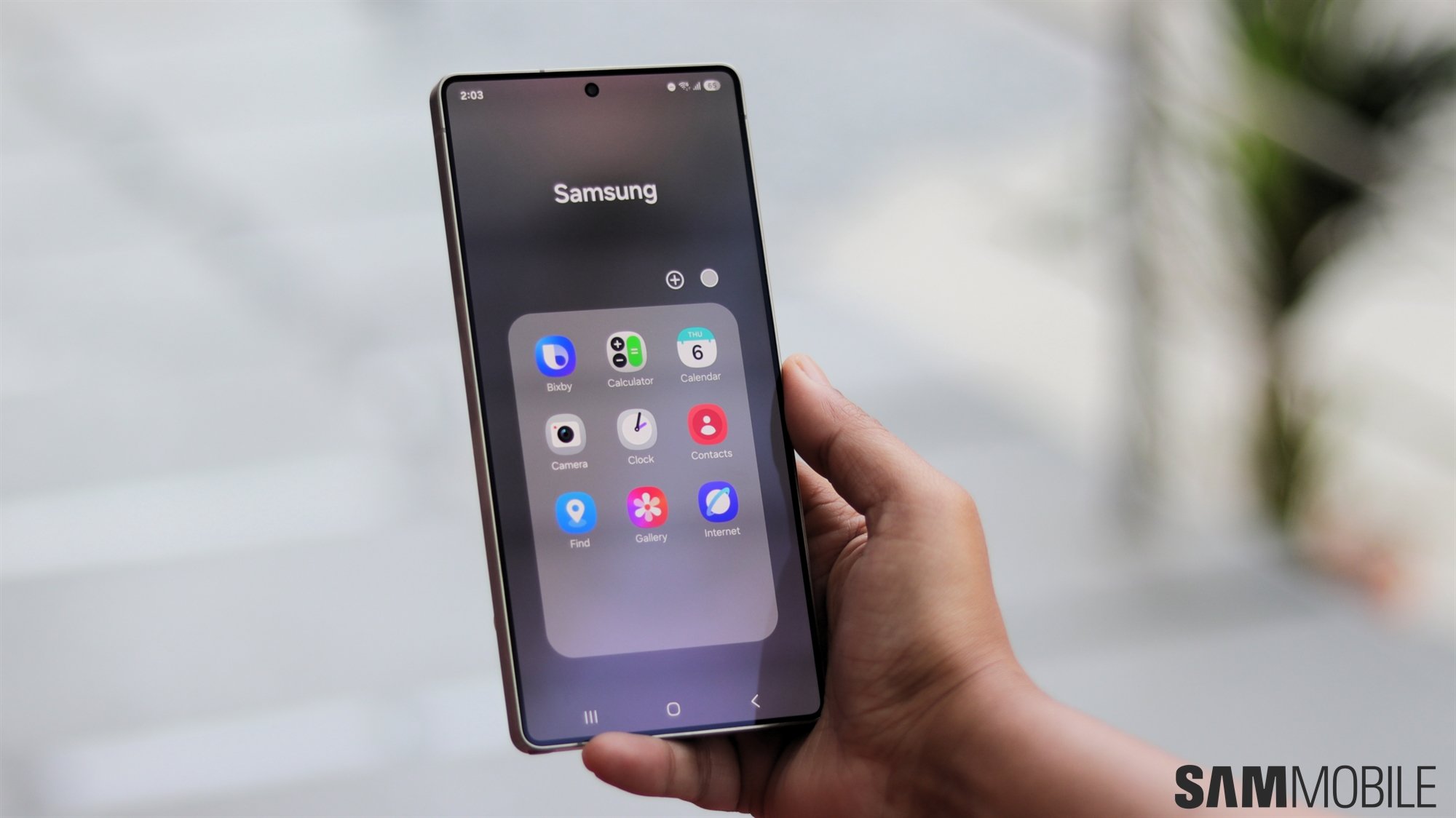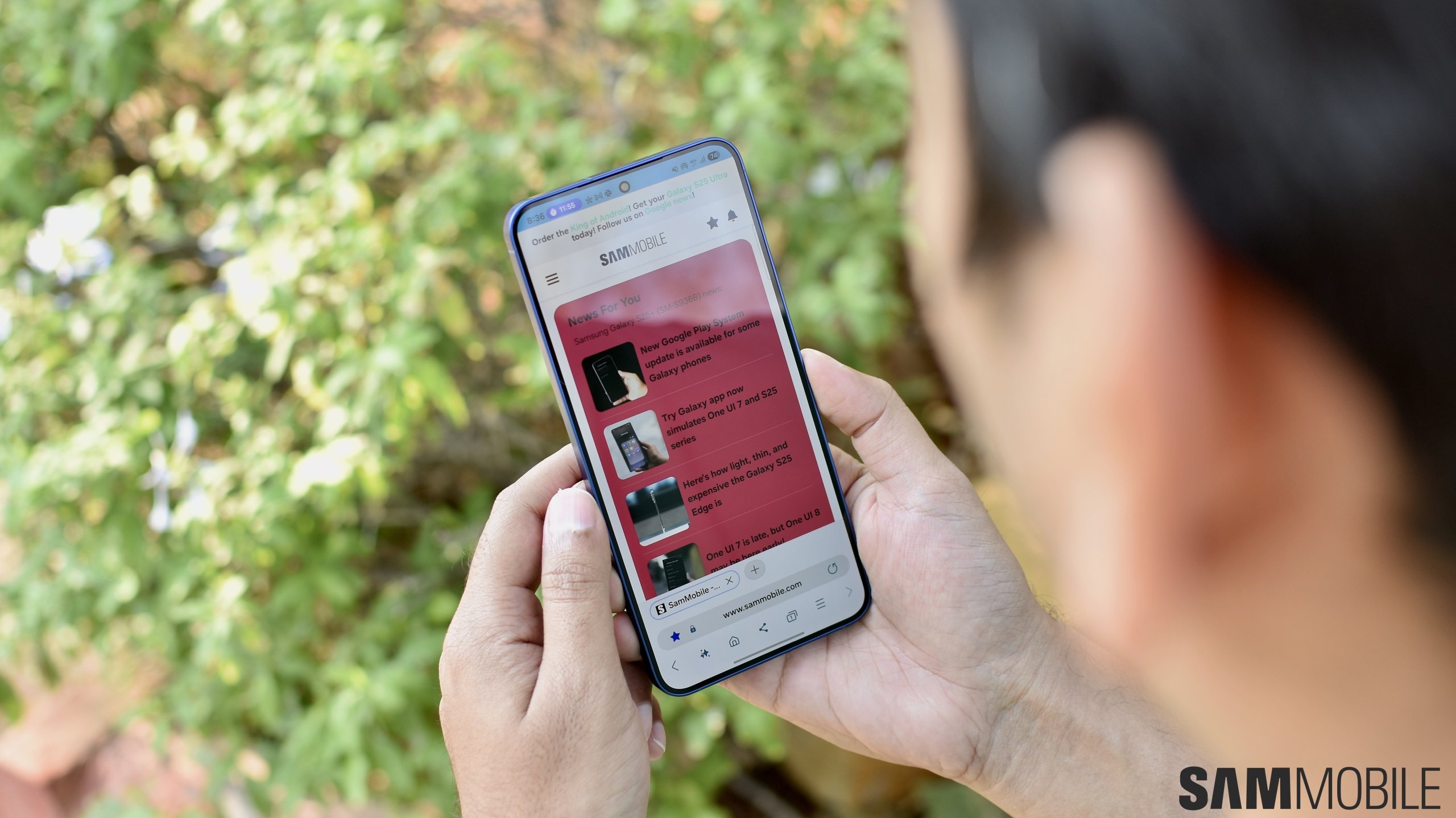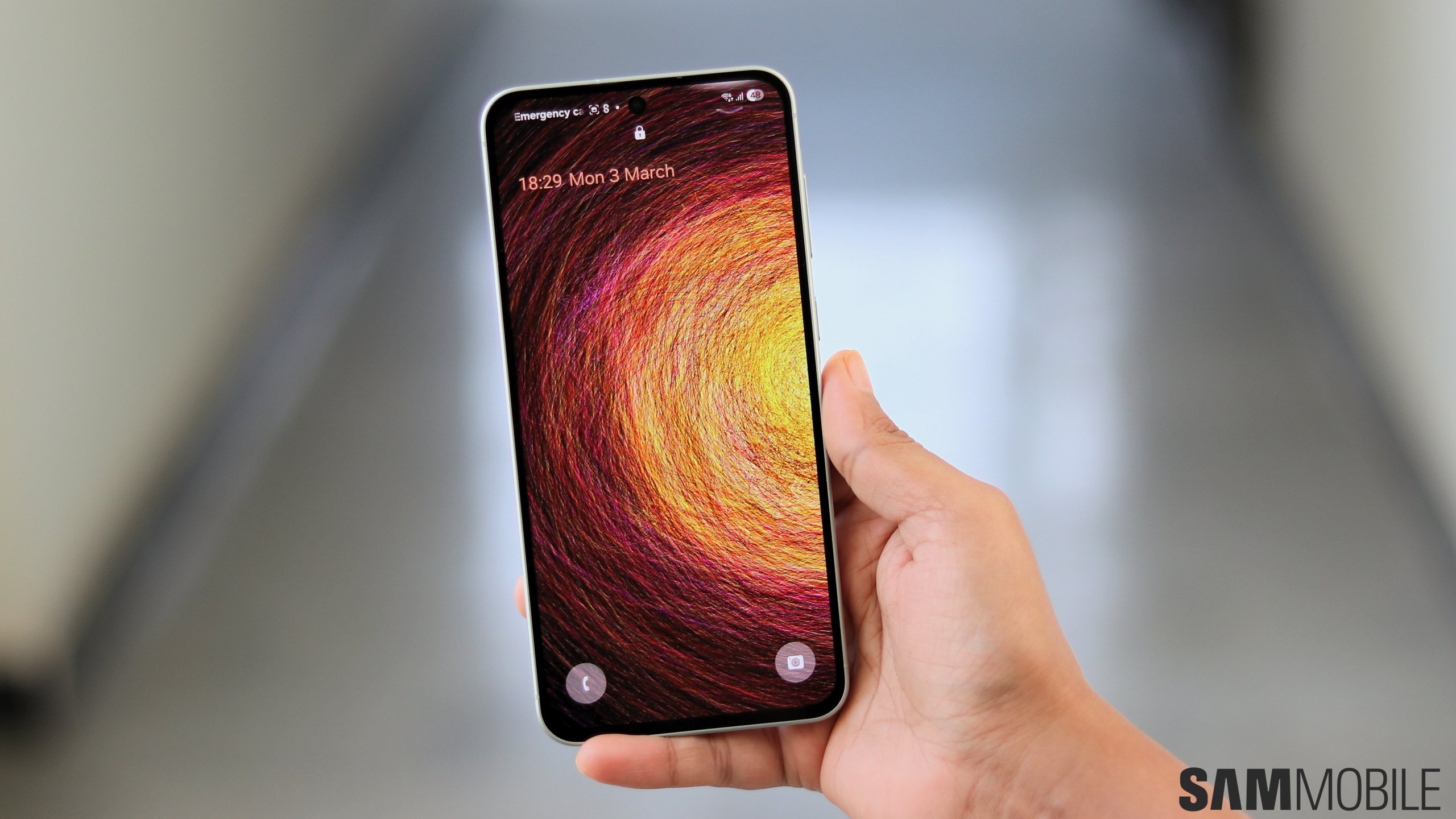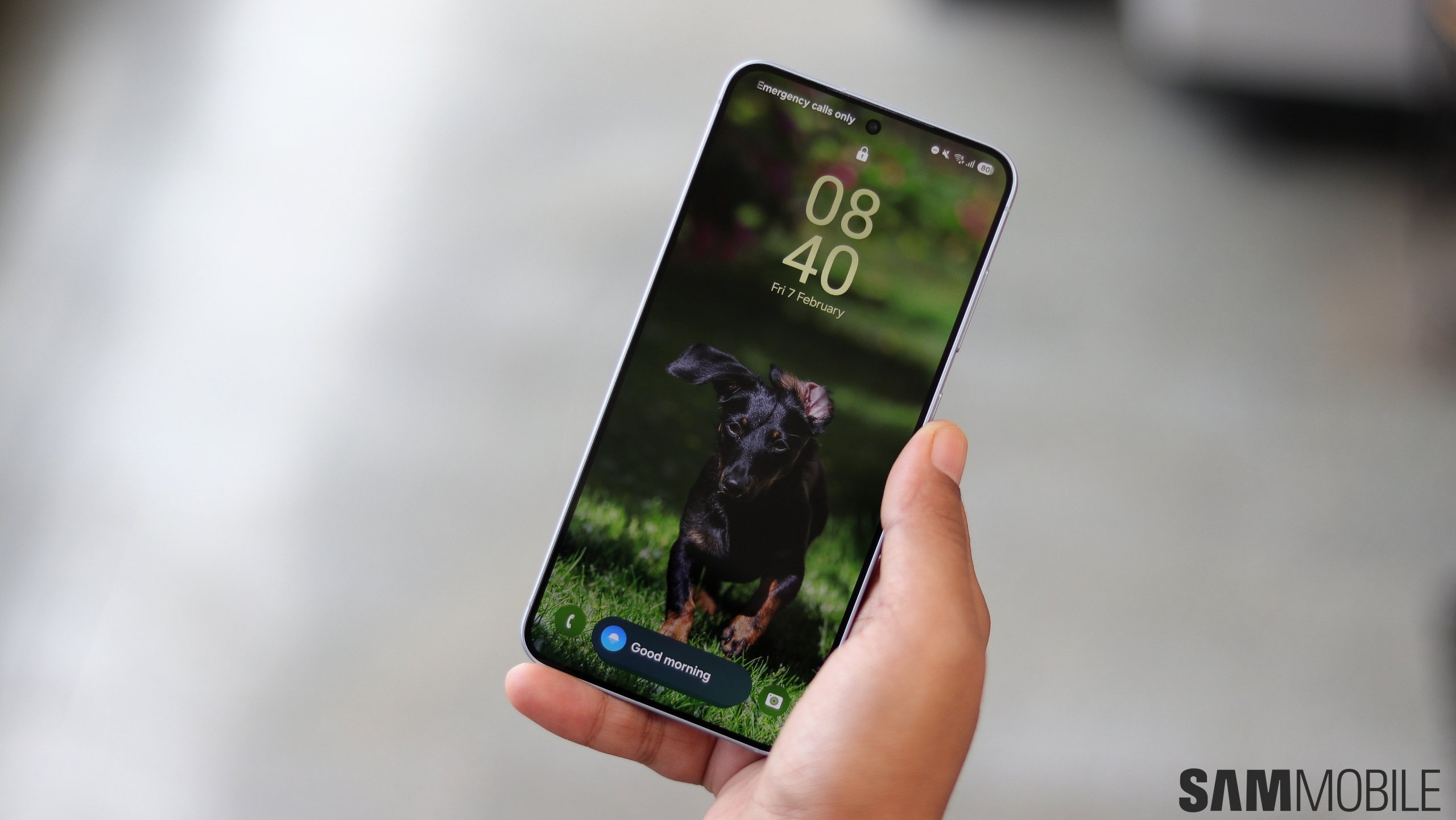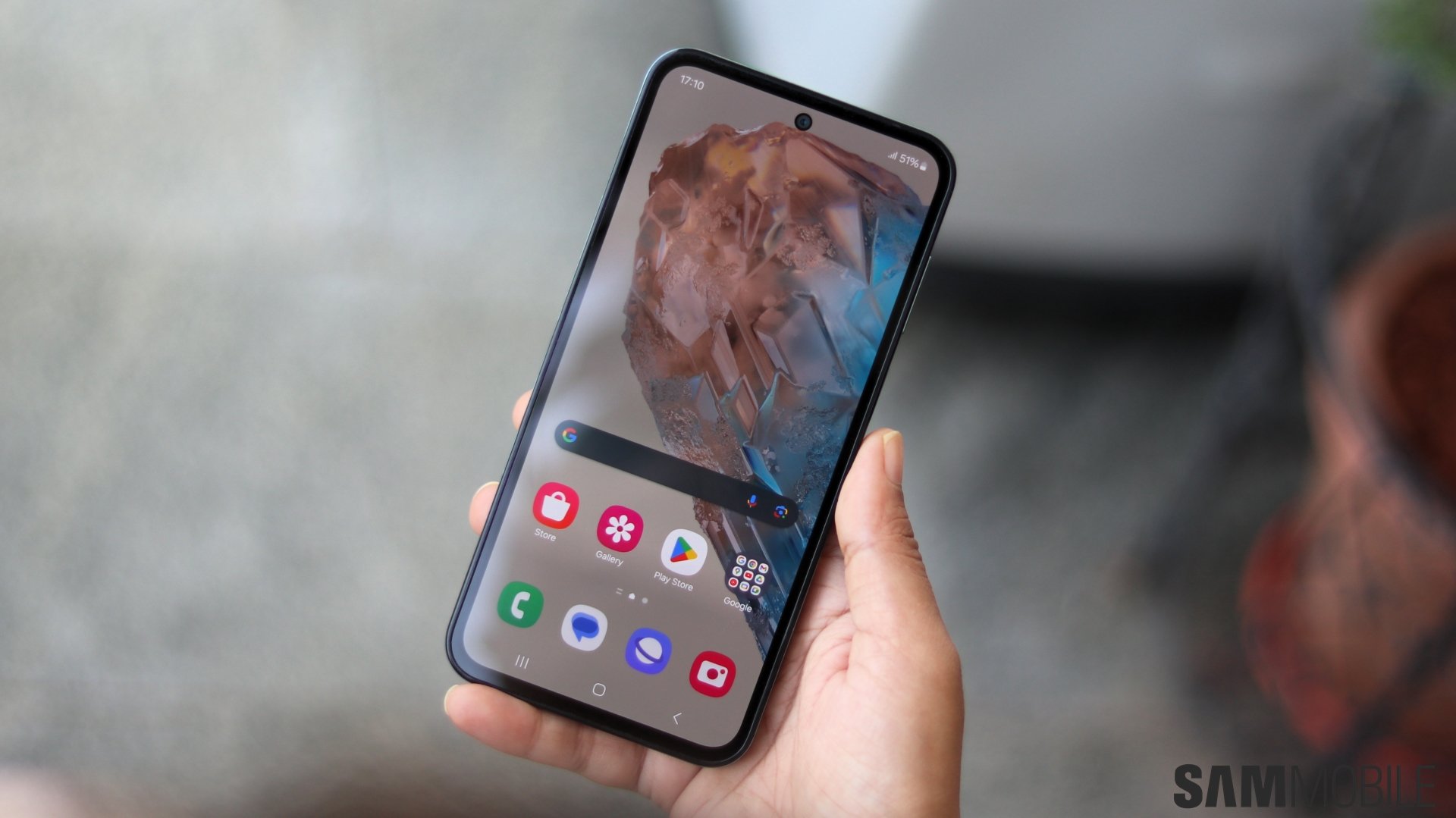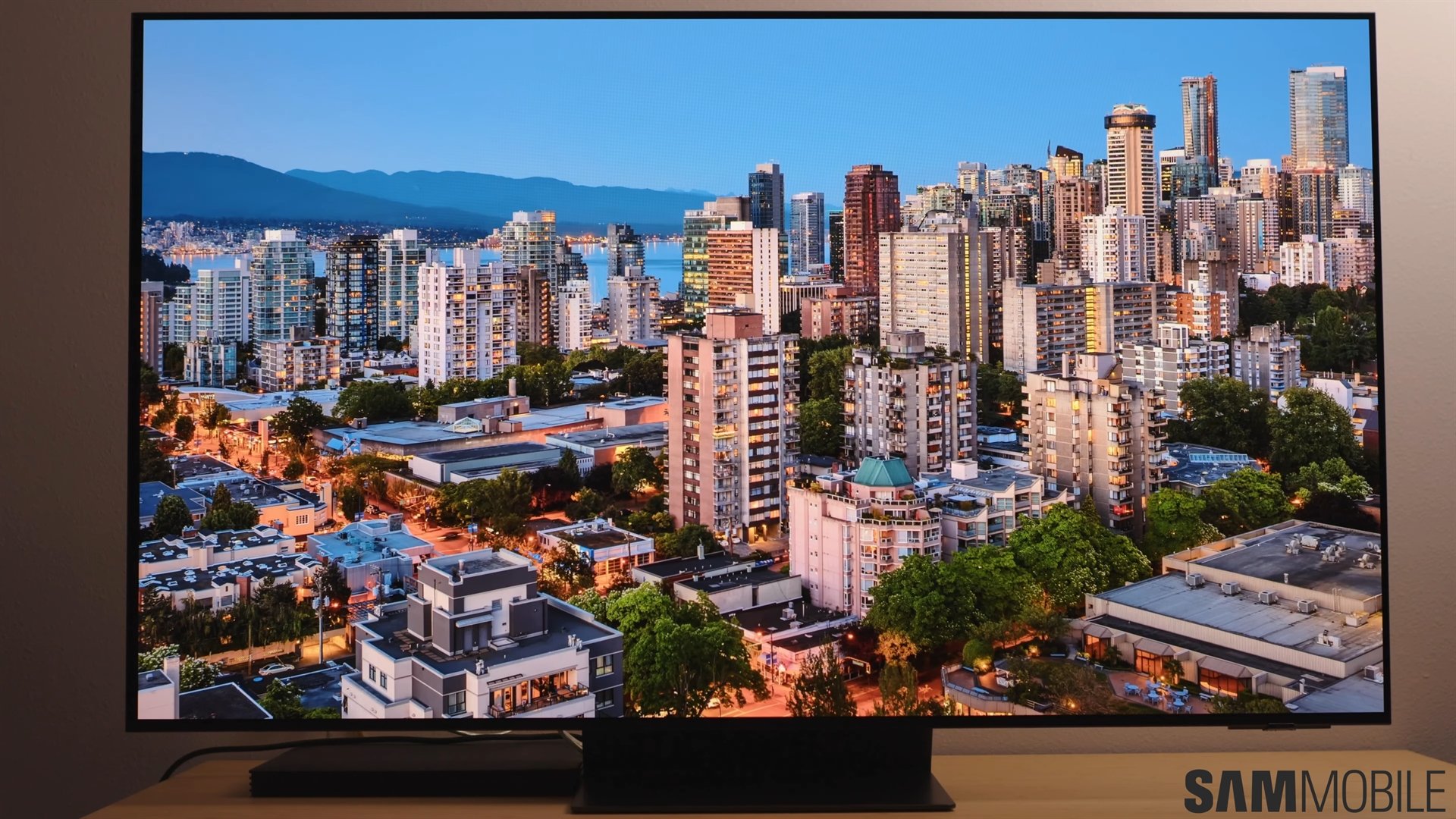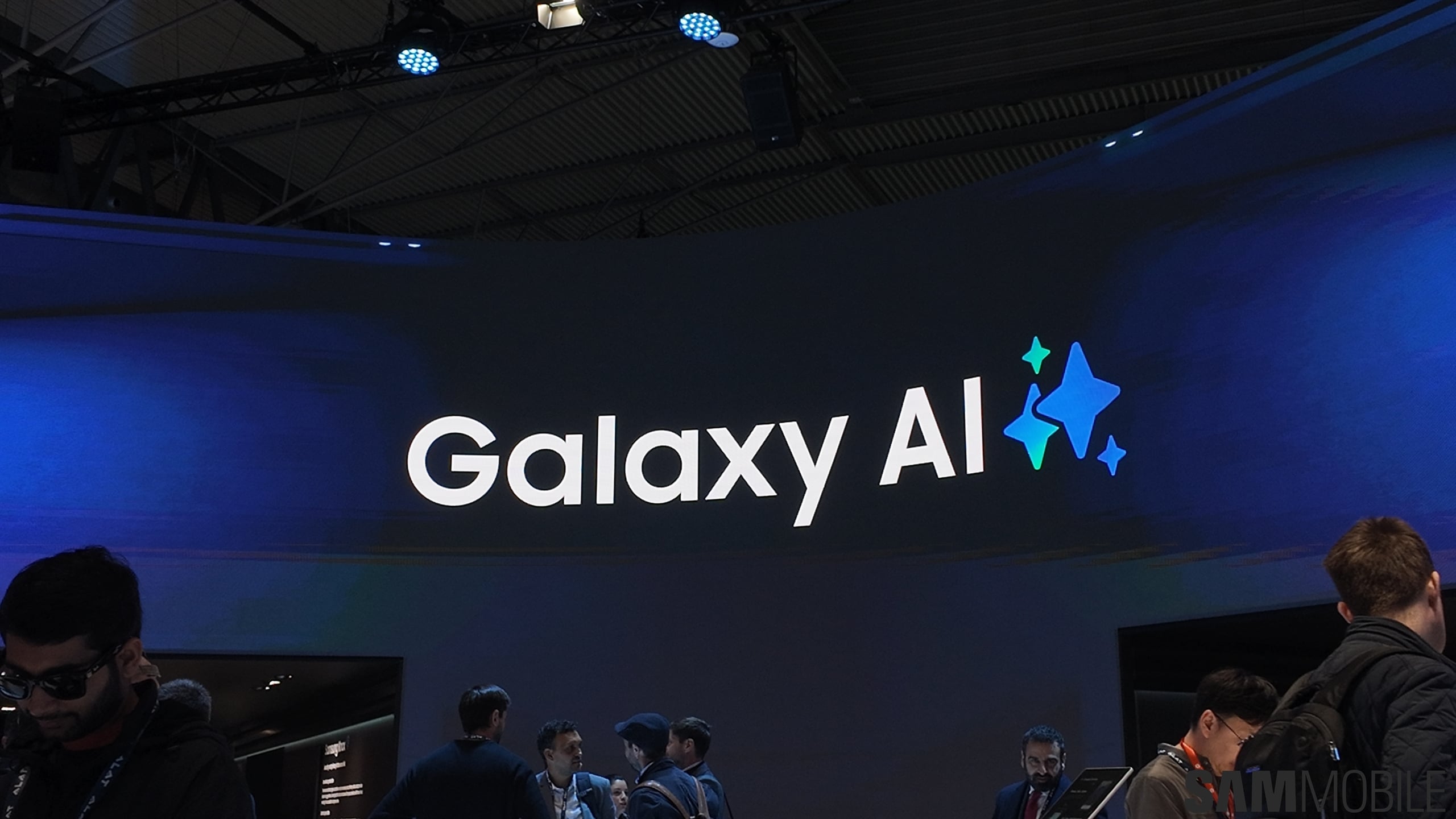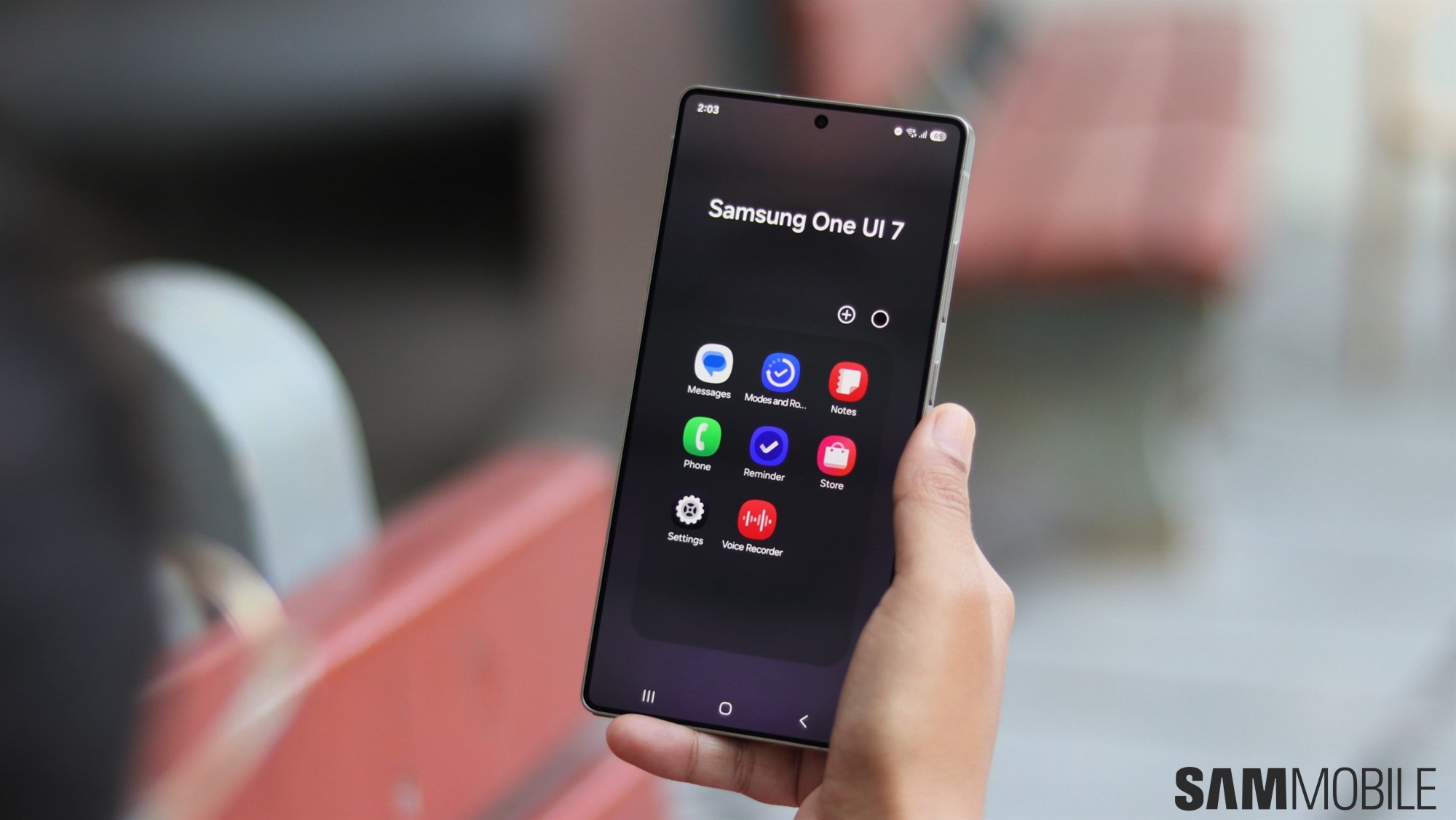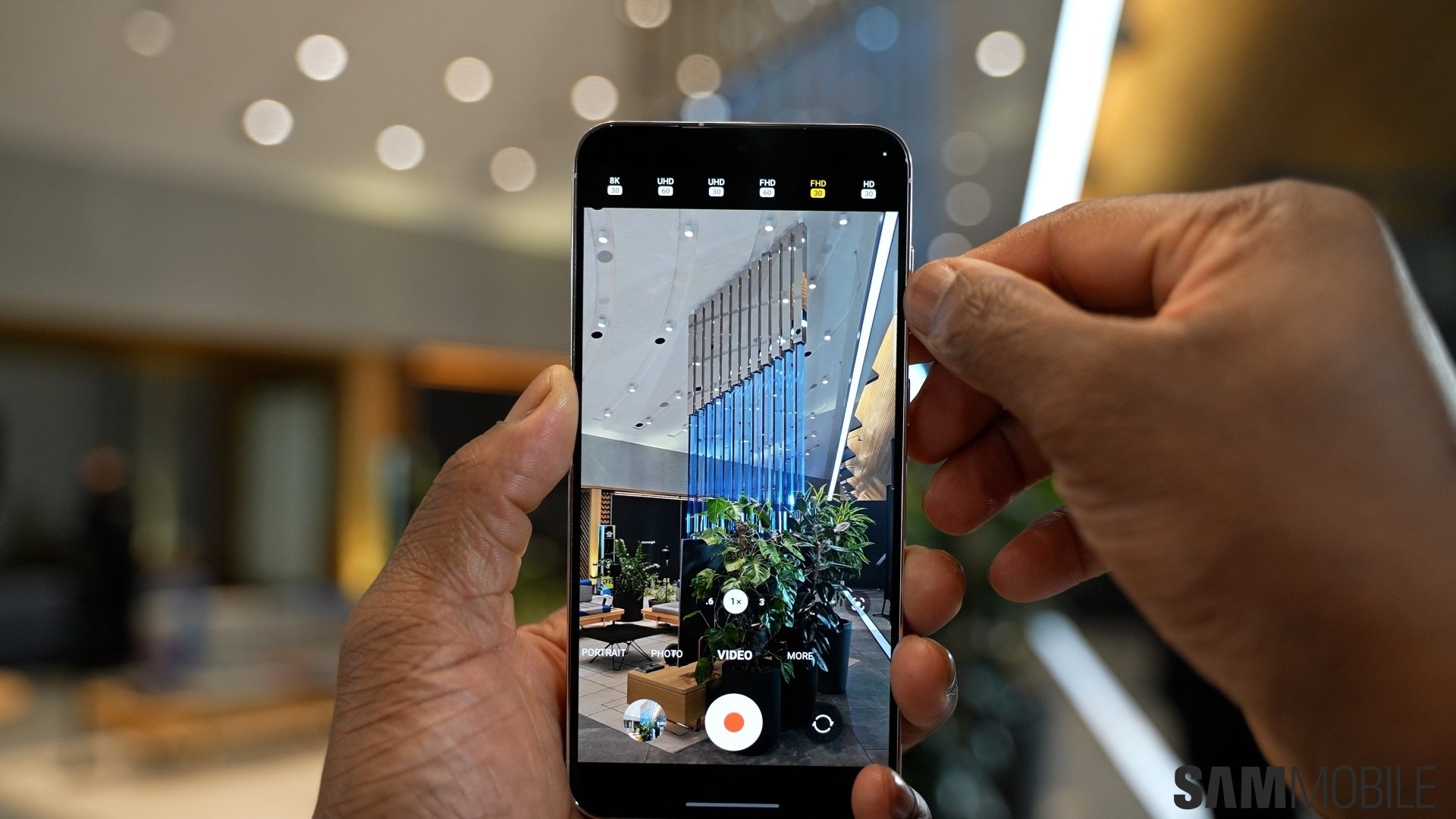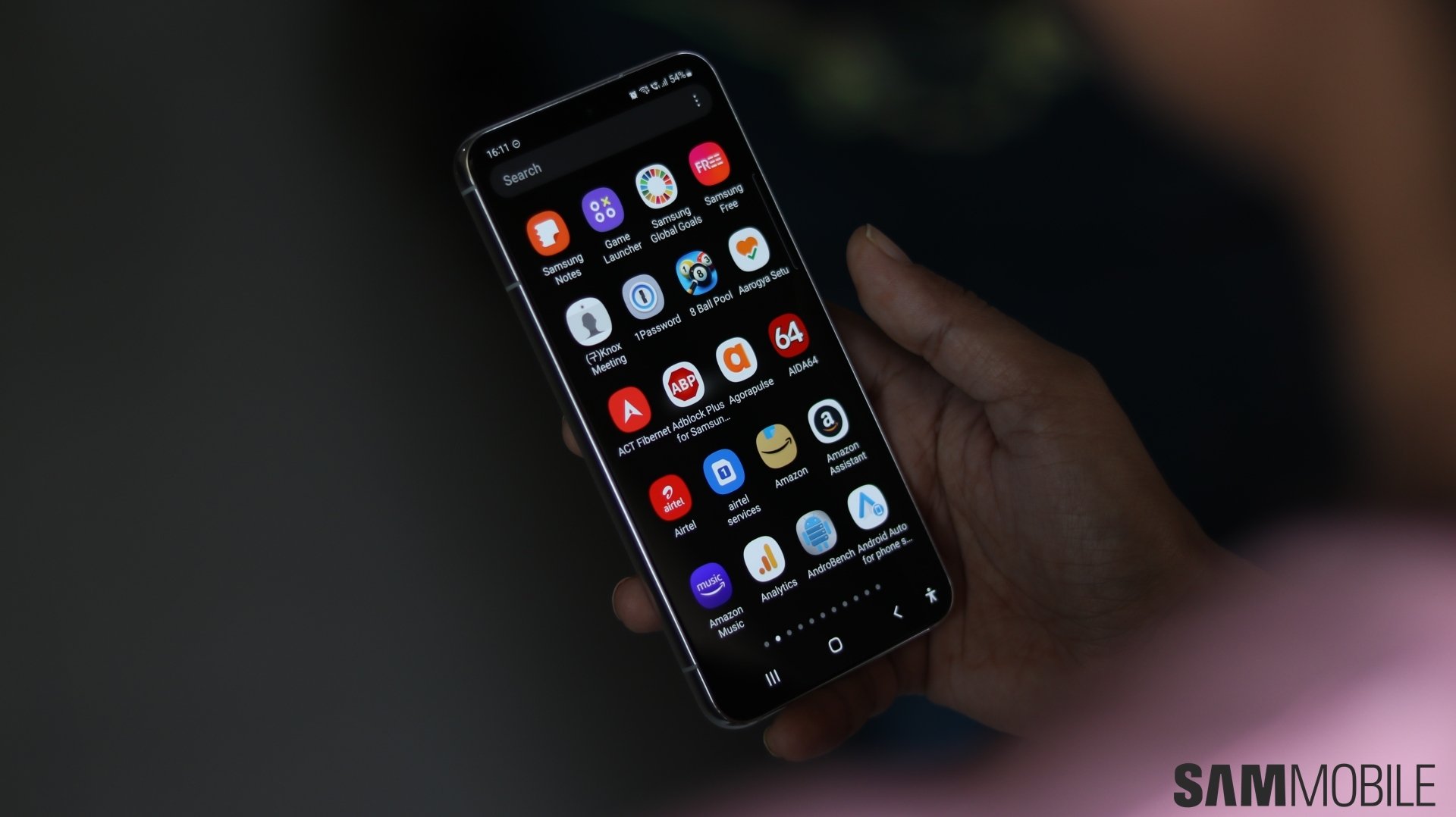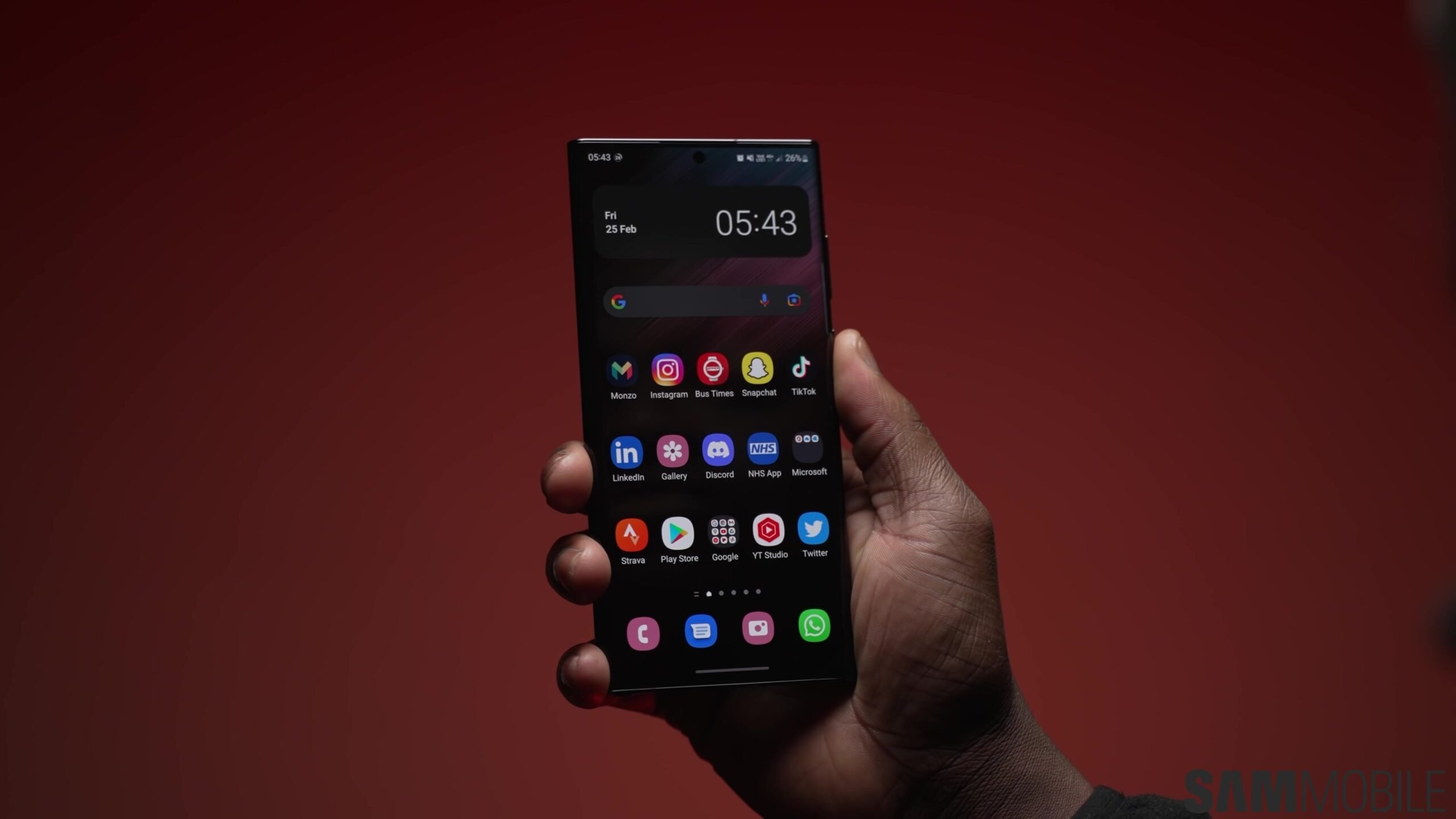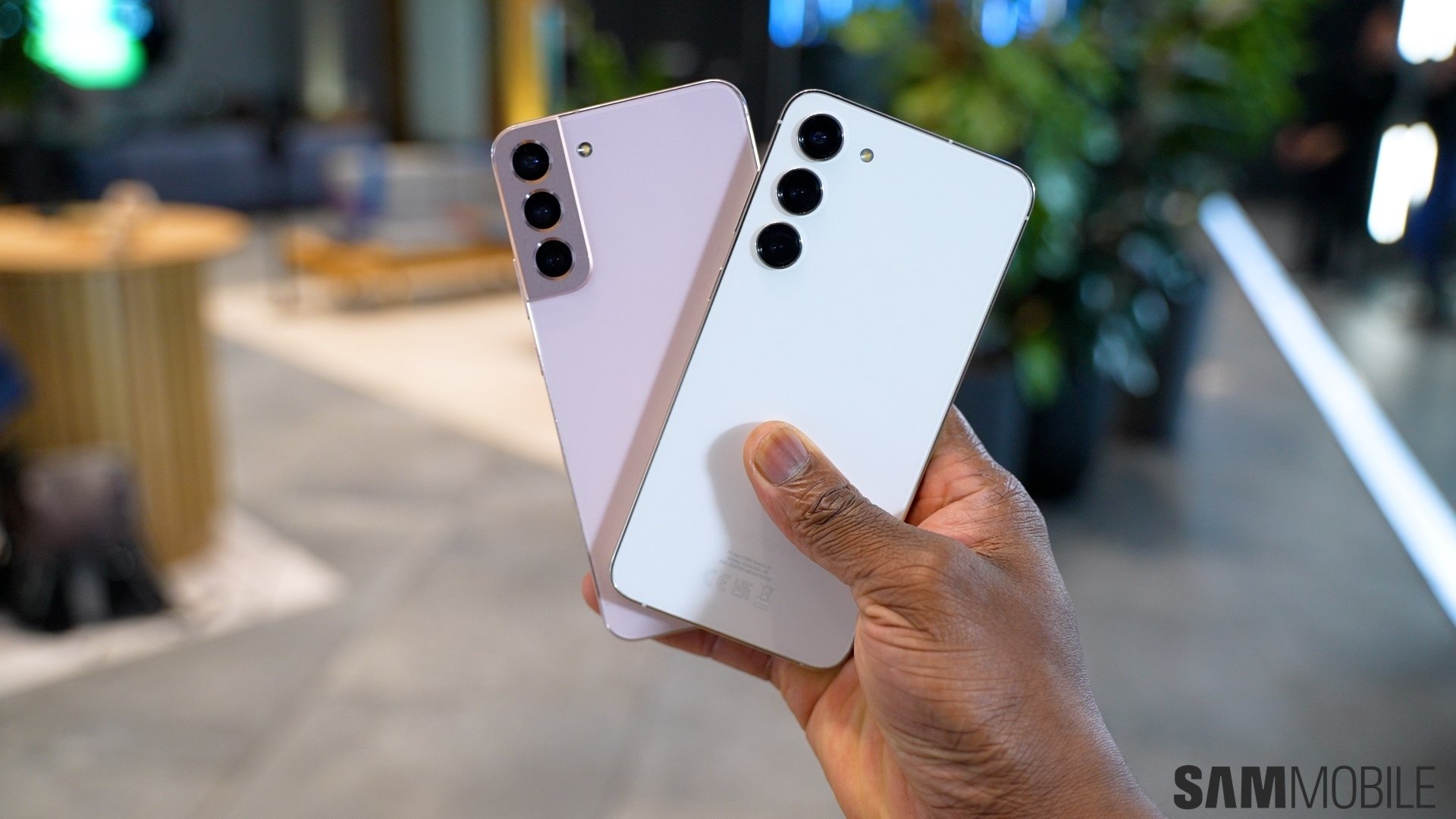
Let us find out in which ways the Galaxy S23+ is better than the Galaxy S22+ and if those things are important enough to warrant an upgrade.
Snapdragon 8 Gen 2 makes Galaxy S23+ a lot more powerful and stable
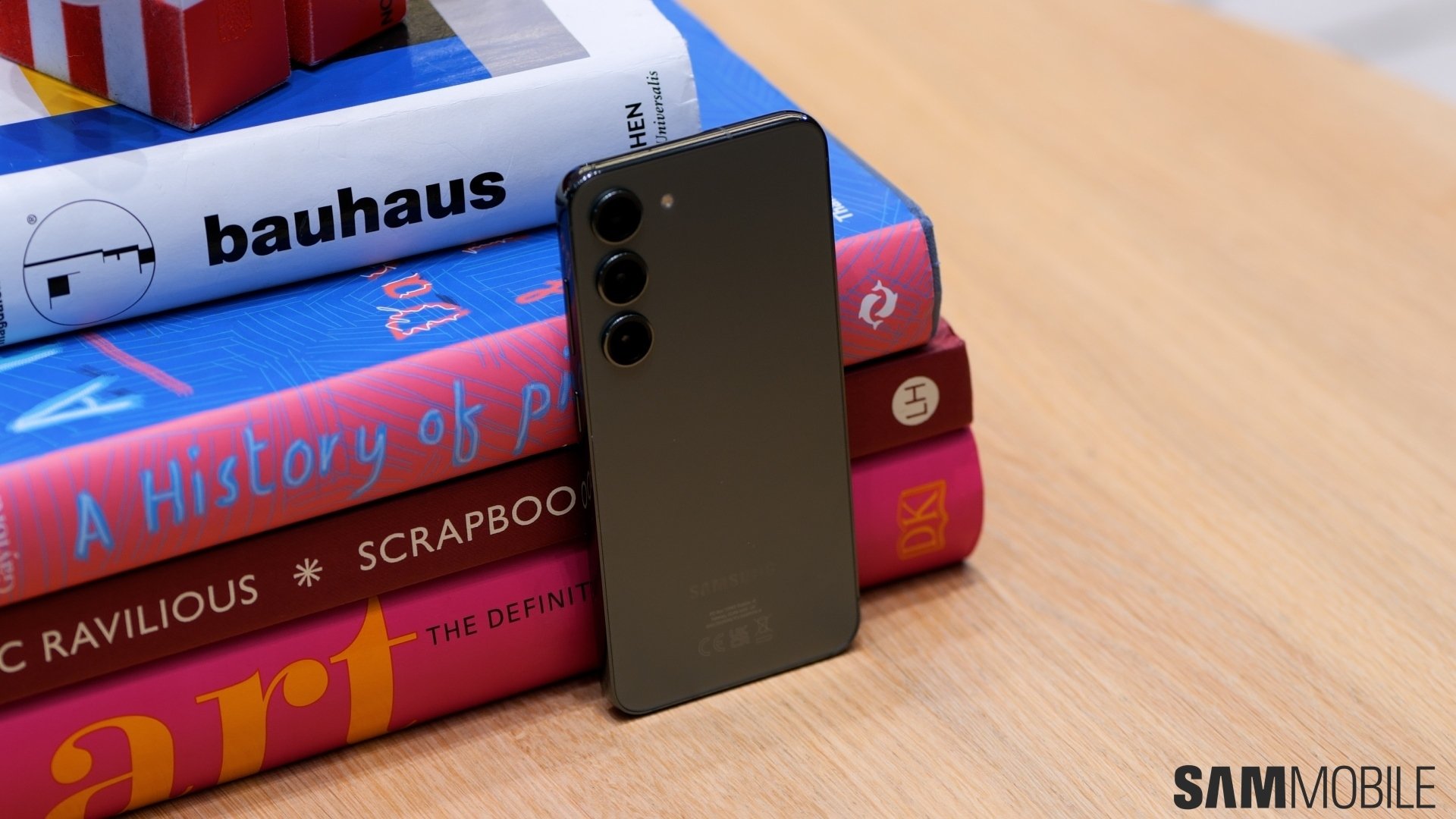
This is the first time that Samsung has exclusively used a Qualcomm processor in all its Galaxy S series smartphones worldwide. The Galaxy S23+ comes equipped with the Snapdragon 8 Gen 2 For Galaxy processor. It also means that there isn't any Exynos variant of the smartphone. That's great news for users wanting a Snapdragon version of a Galaxy S series device.
The Snapdragon 8 Gen 2 For Galaxy is more powerful, stable, and power-efficient than the Snapdragon 8 Gen 1 (and the Exynos 2200). Going by the performance of other Snapdragon 8 Gen 2 smartphones, the chipset is between 20-40% faster in CPU performance and up to 50% faster in graphics performance. The Snapdragon 8 Gen 1 wasn't one of Qualcomm's best chips and has stability issues. So, the Snapdragon 8 Gen 2-equipped Galaxy S23+ should be faster and smoother overall, capable of booting faster, opening apps and games quicker, and running games smoother.
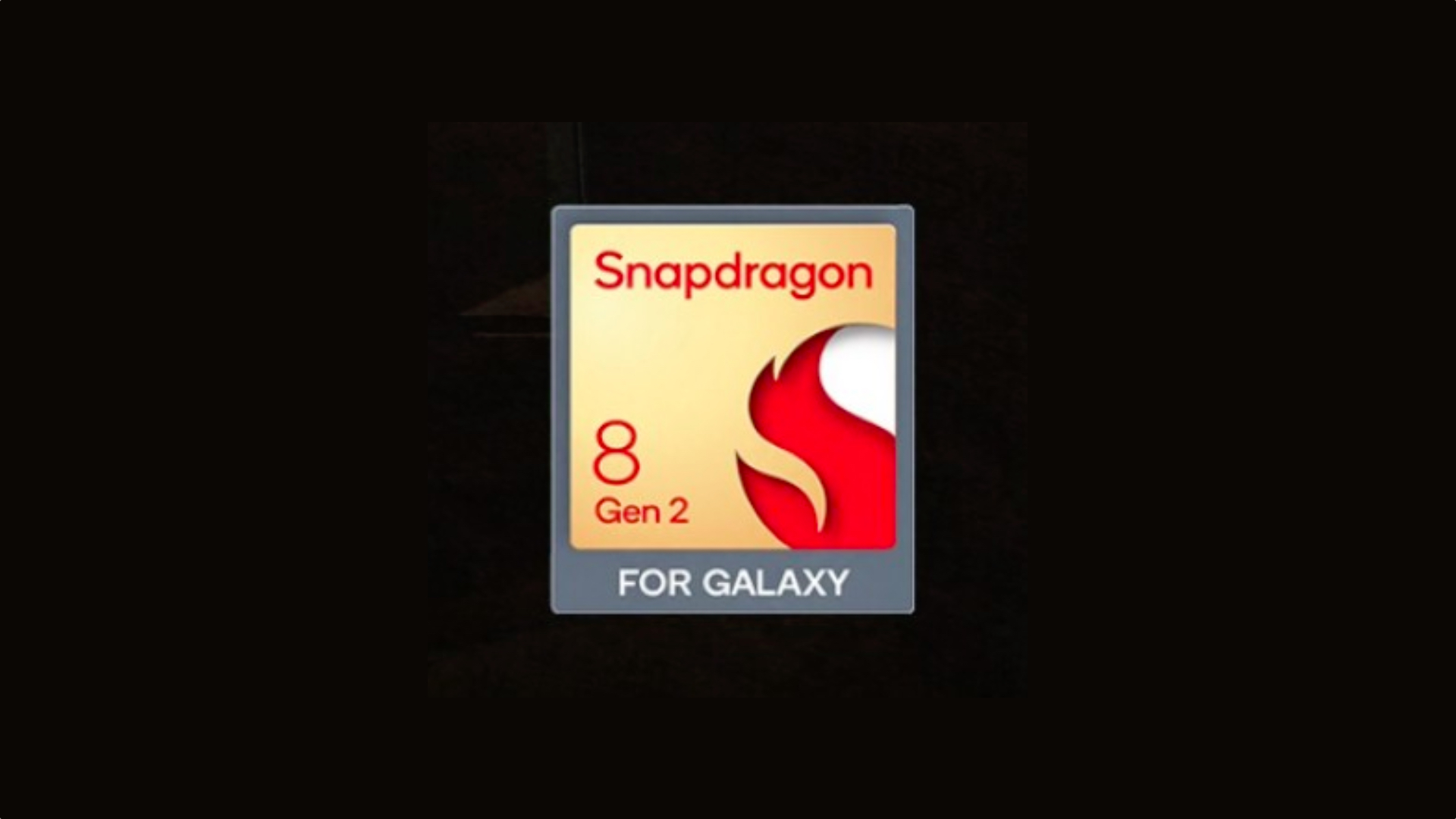
Galaxy S23+ also has a longer battery life
Thanks to the new power-efficient chipset, which also includes a more efficient 5G modem, and a bigger battery (4,700mAh vs Galaxy S22+'s 4,500mAh), the Galaxy S23+ should last longer than the Galaxy S22+. While Samsung hasn't improved the charging speeds compared to the Galaxy S22+, 45W fast charging should be quick enough to top up the battery, and the Galaxy S23+ should last around a day and a half on a single charge.
Improved selfie camera and smoother 8K videos
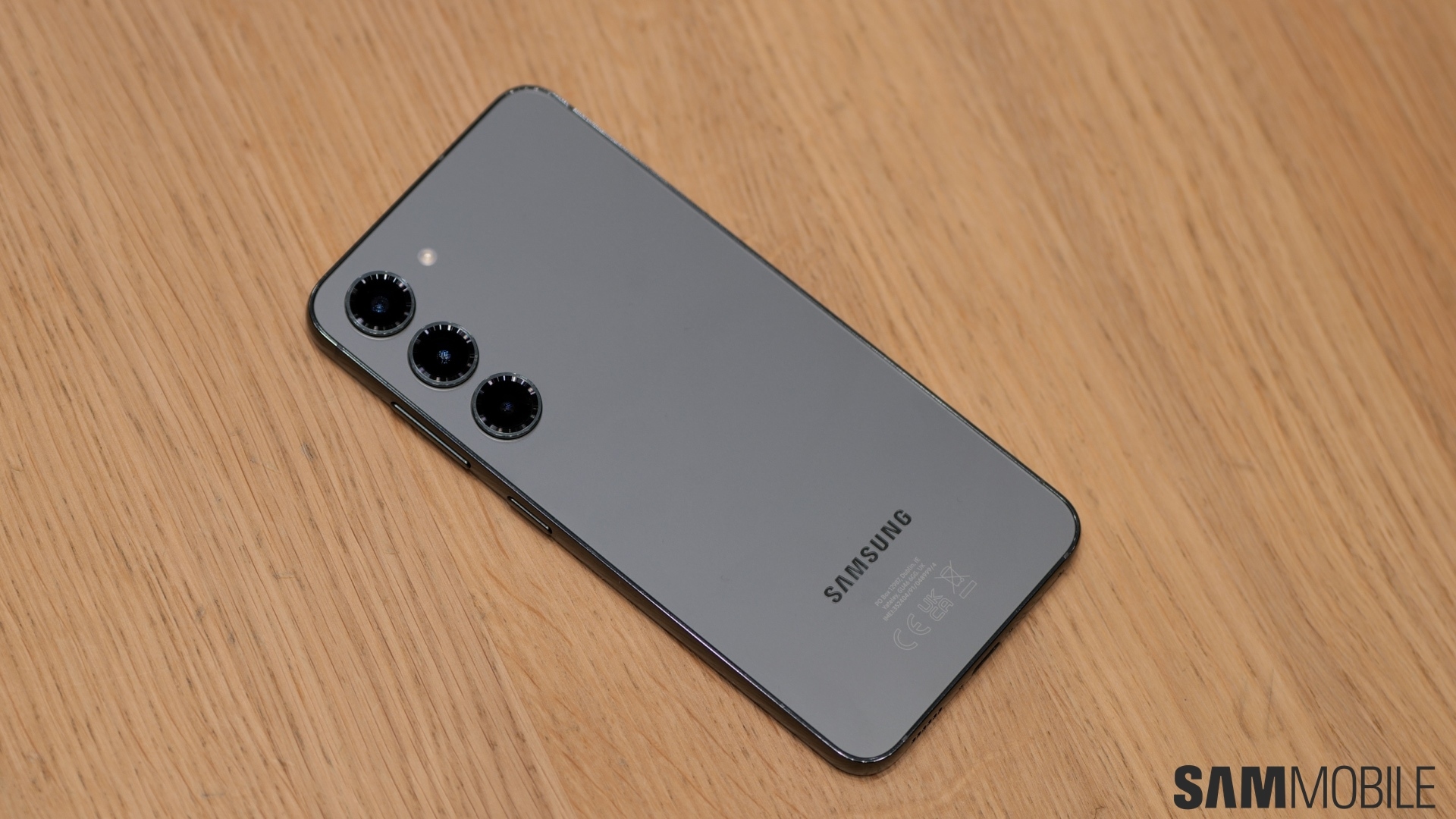
The Galaxy S23+ has a 12MP autofocus selfie camera, an upgrade over the Galaxy S22+'s 10MP selfie camera. Samsung claims that the 12MP front-facing camera on the Galaxy S23+ has a slightly wider field of view and can capture 4K 60fps HDR10+ videos.
While we don't expect it to bring a massive improvement, an upgrade could be worth the money if a selfie camera is extremely important to you, especially when you get it with general performance improvement and longer battery life.
Other improvements that the Galaxy S23+ brings include tougher screen protection (Gorilla Glass Victus 2), Bluetooth 5.3, and faster 5G performance. The Galaxy S23+ will also get one more Android OS update (Android 17) than the Galaxy S22+.
Reasons not to upgrade from Galaxy S22+ to Galaxy S23+
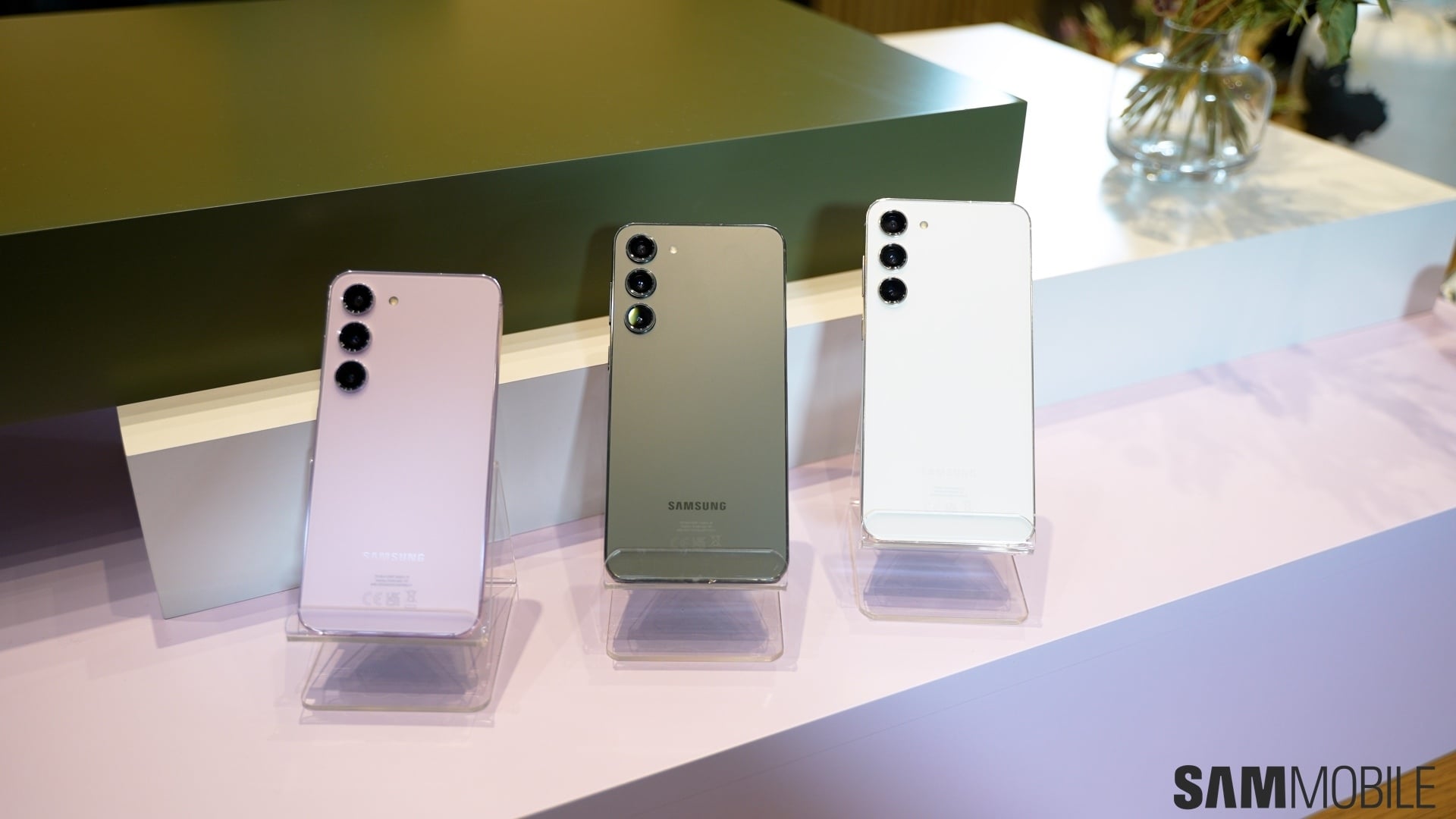
- Both phones—Galaxy S22+ and Galaxy S23+—have the same armor aluminum body with an IP68 rating for dust and water resistance. They're also similarly sized, so they're both equally handy.
- They also use the same 6.6-inch Dynamic AMOLED 2X display with Full HD+ resolution, a 48Hz-120Hz variable refresh rate, HDR10+, and up to 1,750 nits peak brightness.
- The Galaxy S22+ and the Galaxy S23+ have the same rear cameras: a 50MP primary camera with OIS and dual-pixel autofocus, 12MP ultrawide camera, and 10MP telephoto camera with 3x optical zoom and OIS. They can record 4K 60fps videos from all three rear cameras.
- Both smartphones have stereo speakers, ultrasonic under-display fingerprint reader, 5G, eSIM, Wi-Fi 6E, UWB, NFC, USB 3.2 Type-C port, USB OTG, Samsung DeX, Samsung Wireless DeX, and Samsung Pay.
- Samsung has equipped both phones with up to 45W fast wired charging, 15W fast wireless charging, and 4.5W reverse wireless charging.
Here's our Galaxy S23 and Galaxy S23+ hands-on video, explaining what's with Samsung's new phones and what has stayed the same.
After comparing all their features and specifications, it looks like only those Galaxy S22+ users may need to upgrade to the Galaxy S23+ who are not happy with their current phone's performance, selfie camera, 8K video recording, or battery life. You can pre-order the Galaxy S23+ from here and get free storage upgrade and other pre-order benefits. All others can wait at least one more year before upgrading.
[modelcompare model1=”SM-S906B” model2=”SM-S916B”]





